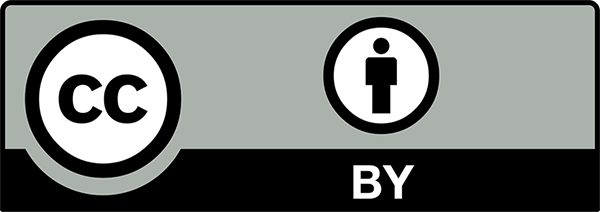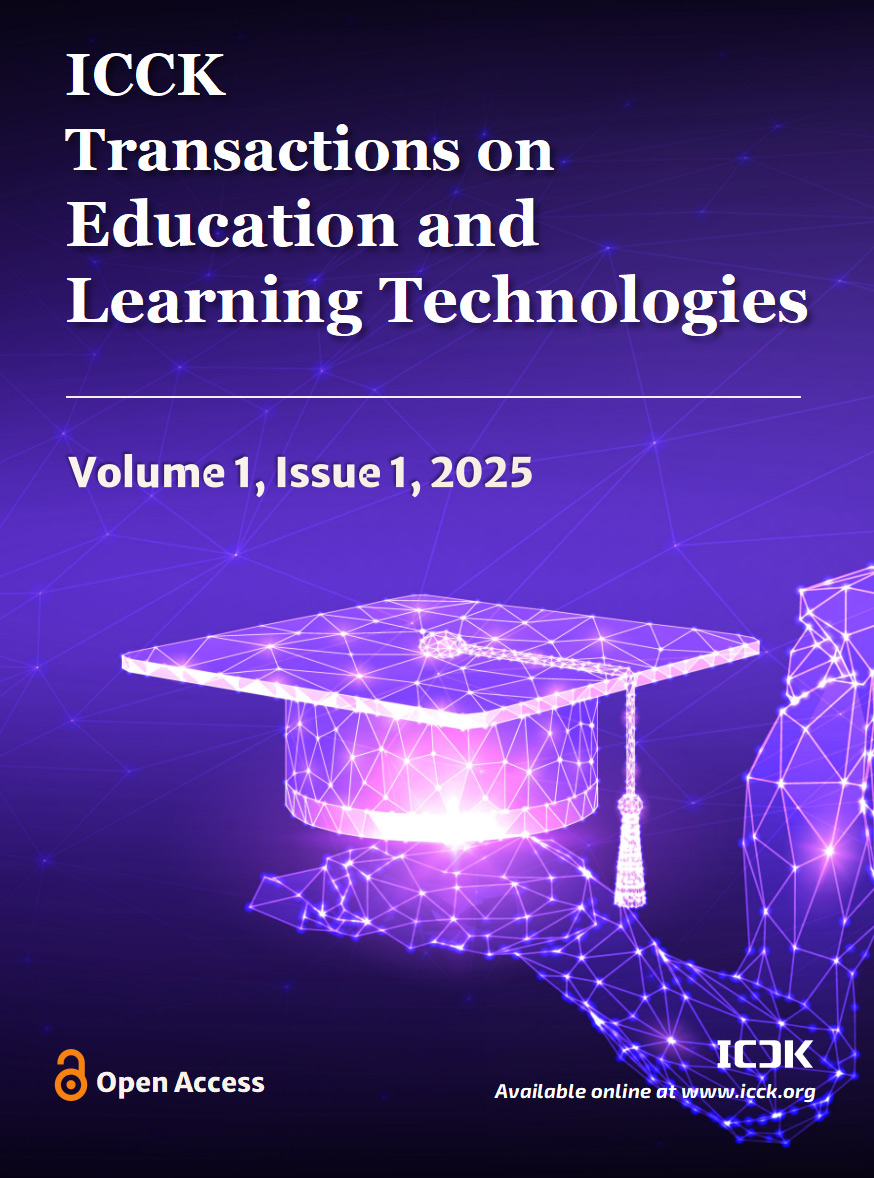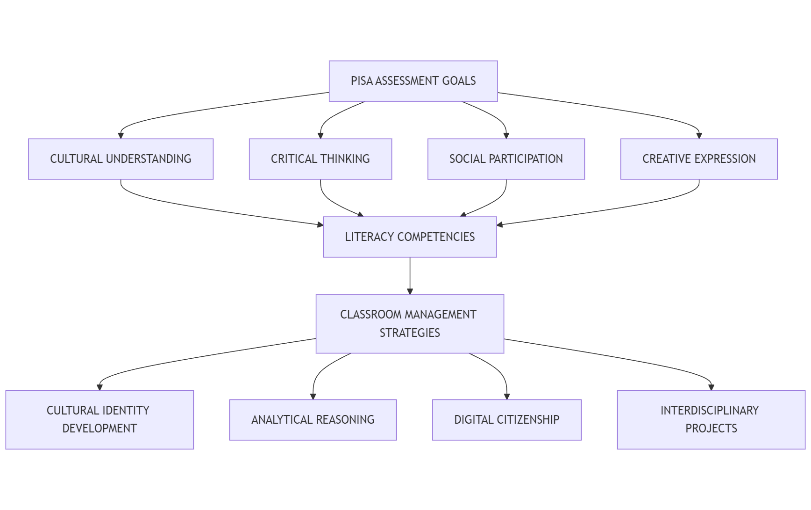Abstract
This study addresses two key issues in Chinese language education: overly abstract cultural inheritance and formulaic thinking training. Using the PISA framework, we analyze classroom culture strategies from OECD countries. Through cross-country comparisons, we find that Japan combines festival diets with text interpretation to form an embodied practice system, Singapore builds a reading culture learning ecology, South Korea relies on the CHLS system to realize data-driven management, and Australia promotes multicultural acceptance based on multidisciplinary integration. Accordingly, we propose a three-tier government-school-teacher approach, which includes the development of embodied activities such as festival culture practice weeks, the construction of virtual-reality teaching scenarios, and the establishment of a three-tier transformation mechanism to cultivate schools with special characteristics so as to provide a replicable path for the implementation of the Education Powerhouse Construction Plan (2024-2035).
Keywords
cultural heritage
PISA assessment framework
OECD countries
education powerhouse construction plan (2024-2035)
Data Availability Statement
Data will be made available on request.
Funding
This work was supported without any funding.
Conflicts of Interest
The author declares no conflicts of interest.
Ethical Approval and Consent to Participate
Not applicable.
Cite This Article
APA Style
Ding, B. (2025). Cross-National Strategies for Classroom Culture Building: Lessons from OECD Countries under the PISA Framework. ICCK Transactions on Education and Learning Technologies, 1(1), 14–23. https://doi.org/10.62762/TELT.2025.391301
Publisher's Note
ICCK stays neutral with regard to jurisdictional claims in published maps and institutional affiliations.
Rights and Permissions

Copyright © 2025 by the Author(s). Published by Institute of Central Computation and Knowledge. This article is an open access article distributed under the terms and conditions of the Creative Commons Attribution (CC BY) license (
https://creativecommons.org/licenses/by/4.0/), which permits use, sharing, adaptation, distribution and reproduction in any medium or format, as long as you give appropriate credit to the original author(s) and the source, provide a link to the Creative Commons licence, and indicate if changes were made.


 Submit Manuscript
Edit a Special Issue
Submit Manuscript
Edit a Special Issue

 Copyright © 2025 by the Author(s). Published by Institute of Central Computation and Knowledge. This article is an open access article distributed under the terms and conditions of the Creative Commons Attribution (CC BY) license (https://creativecommons.org/licenses/by/4.0/), which permits use, sharing, adaptation, distribution and reproduction in any medium or format, as long as you give appropriate credit to the original author(s) and the source, provide a link to the Creative Commons licence, and indicate if changes were made.
Copyright © 2025 by the Author(s). Published by Institute of Central Computation and Knowledge. This article is an open access article distributed under the terms and conditions of the Creative Commons Attribution (CC BY) license (https://creativecommons.org/licenses/by/4.0/), which permits use, sharing, adaptation, distribution and reproduction in any medium or format, as long as you give appropriate credit to the original author(s) and the source, provide a link to the Creative Commons licence, and indicate if changes were made. 